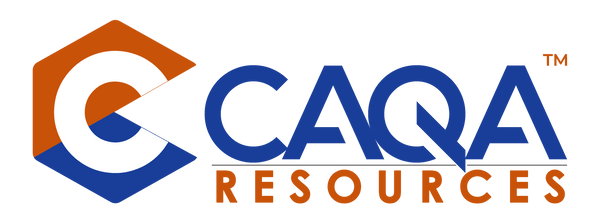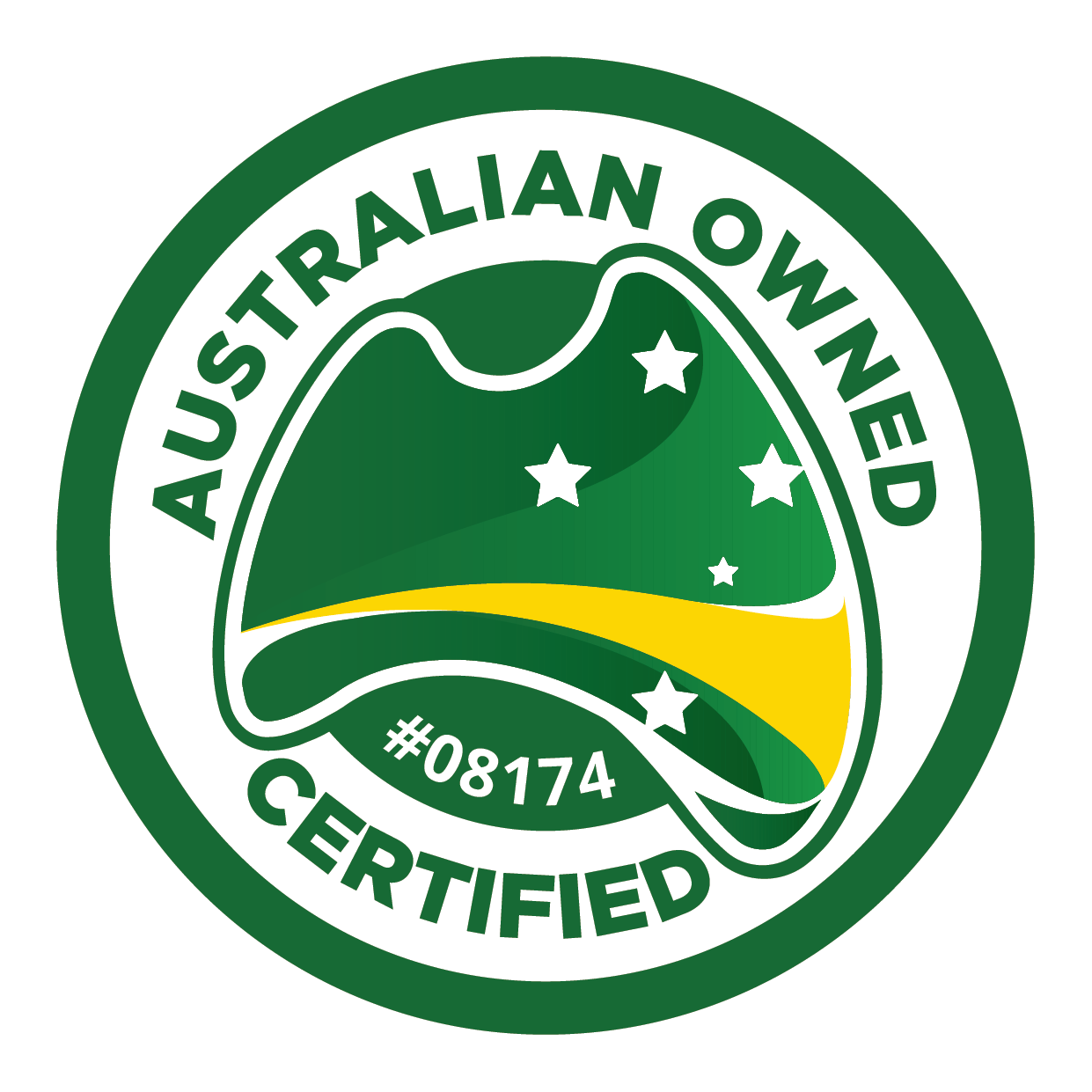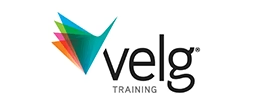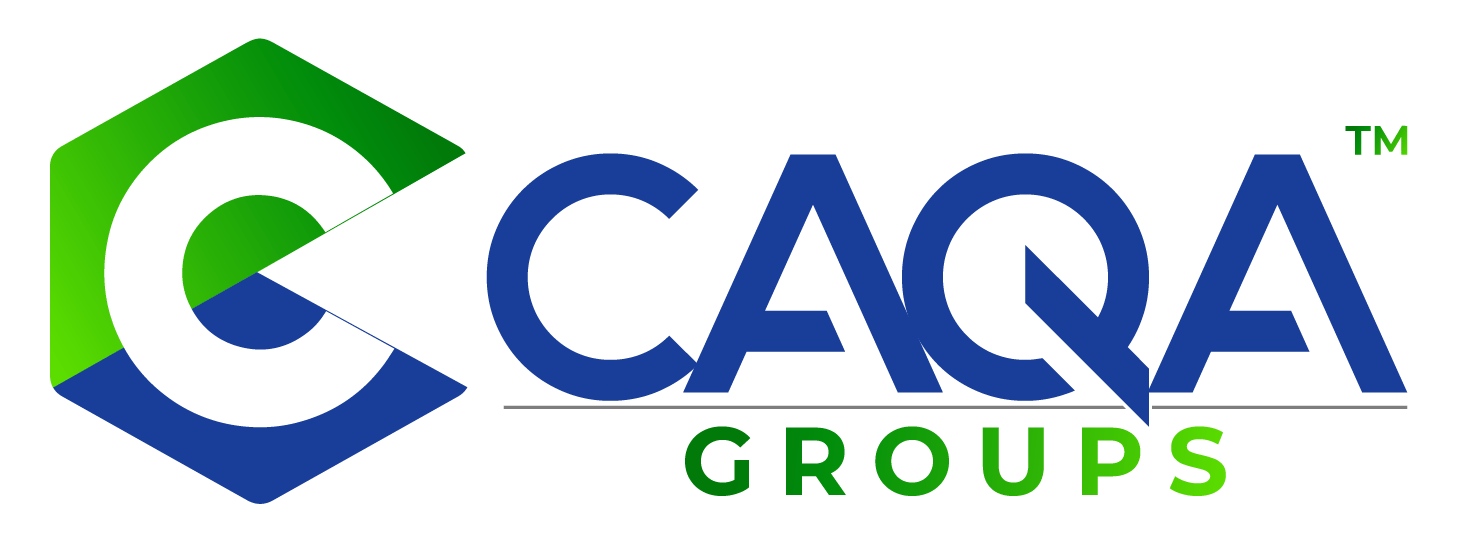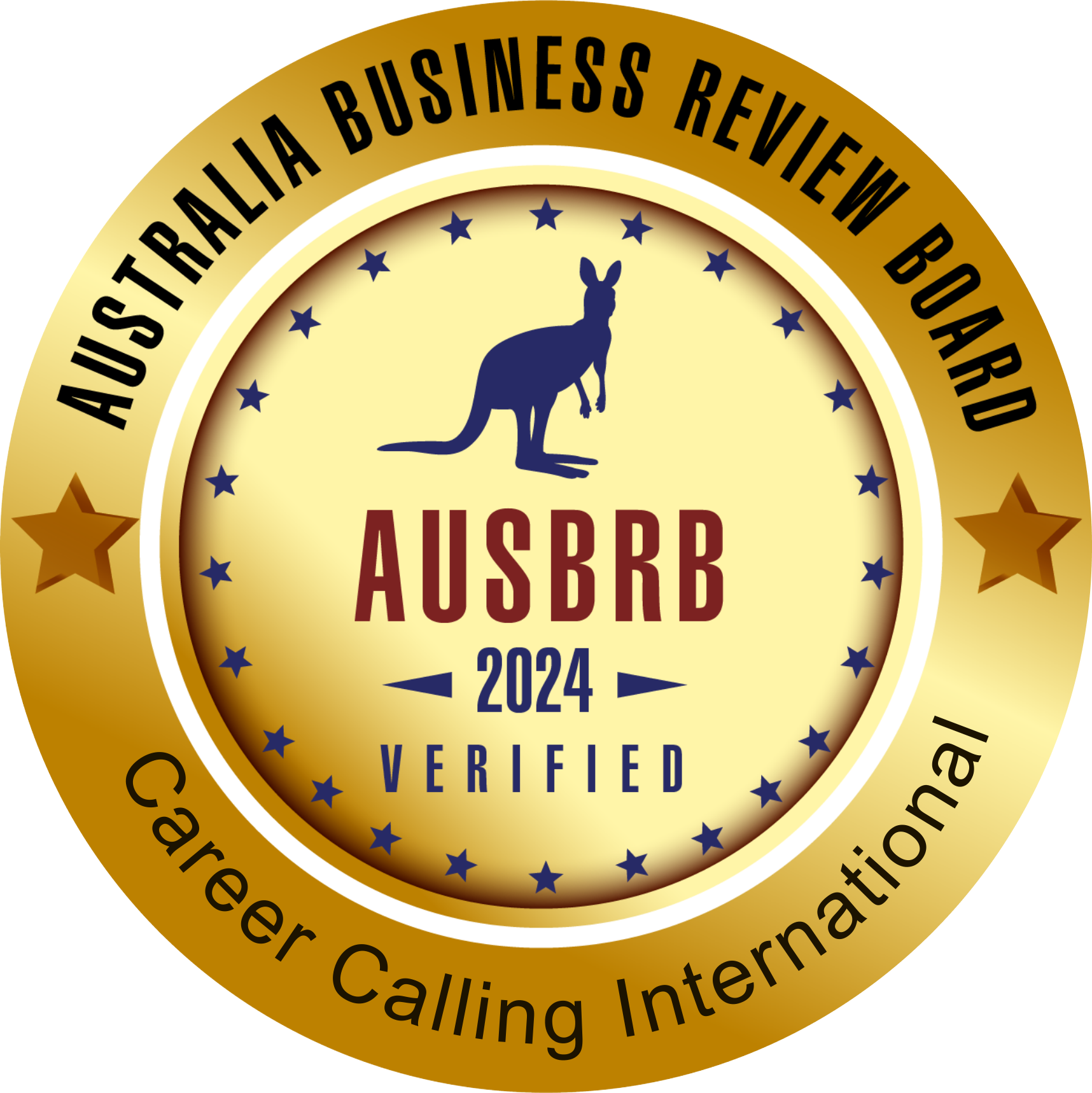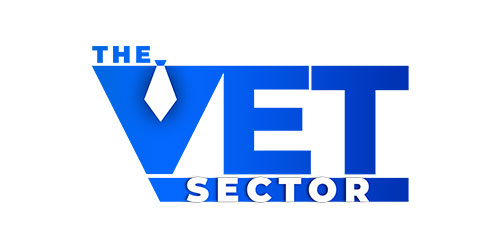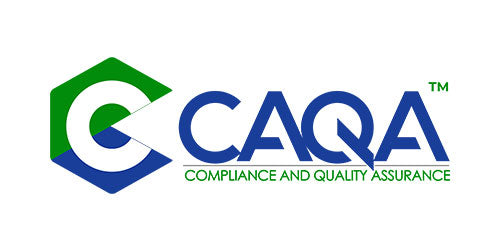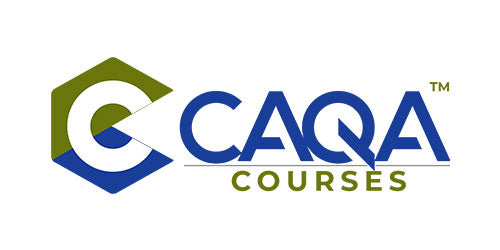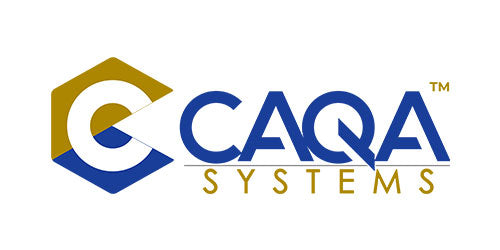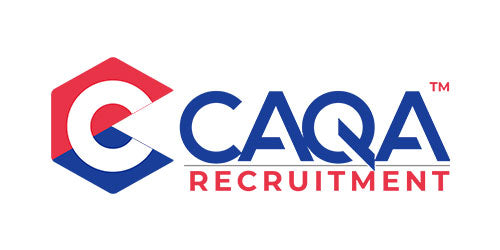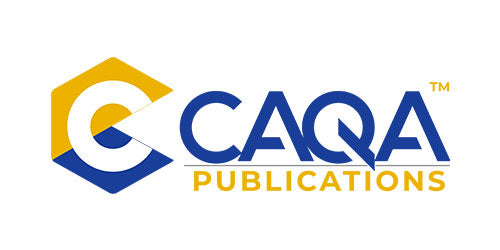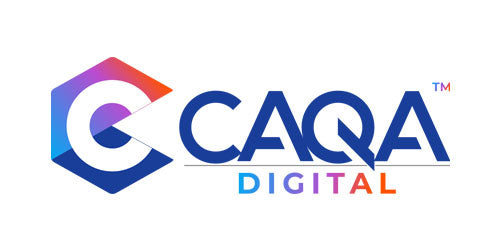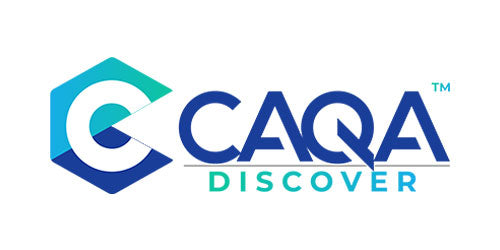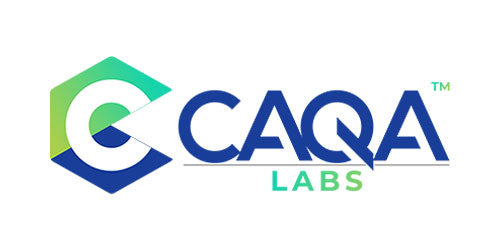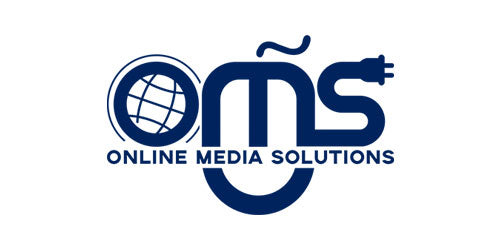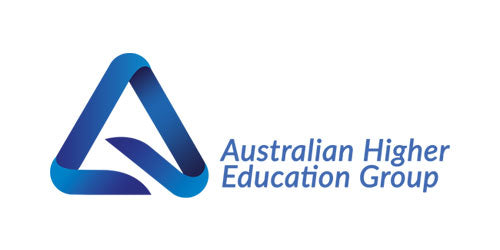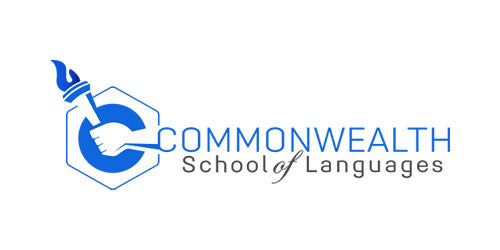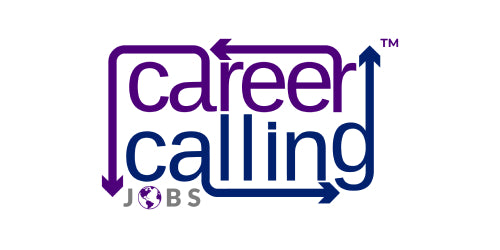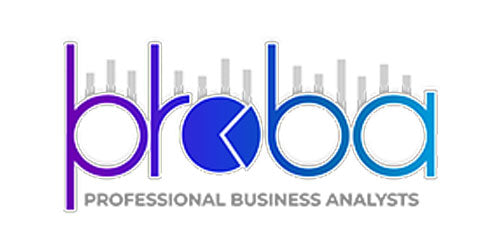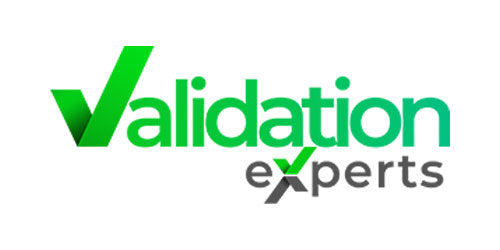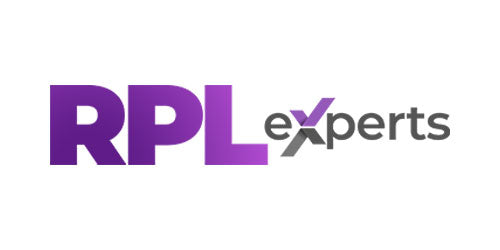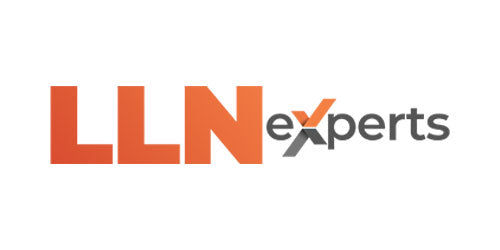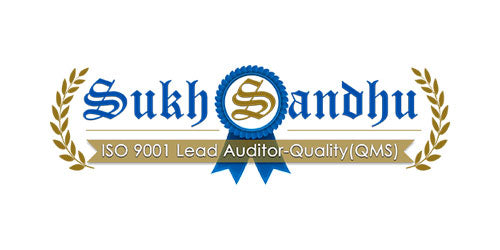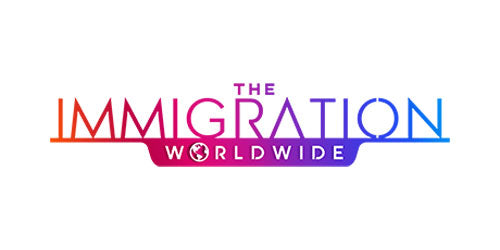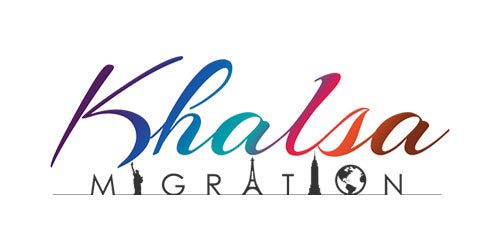In the highly competitive field of Vocational Education and Training (VET), securing funding through successful tender and grant applications is essential for the survival and growth of Registered Training Organisations (RTOs). With government contracts and grants representing a significant portion of RTOs’ revenue streams, the ability to craft effective and persuasive tender responses has evolved into a critical survival skill. The process is no longer just an administrative task; it is a strategic imperative that could determine the future trajectory of an organisation. In this article, we explore the strategic approach to tender writing, providing a comprehensive guide to help RTOs master this crucial skill and significantly improve their chances of success in securing funding.
Understanding the Modern Tender Landscape
The landscape of tendering in Australia’s VET sector has evolved significantly over the years. Where once RTOs were simply required to meet basic compliance criteria, today’s tenders require a more sophisticated, strategic response. Government bodies and funding organisations demand that RTOs not only demonstrate their capacity to deliver quality services but also offer innovative solutions, provide value for money, and deliver measurable social impact. This evolution demands that RTOs adopt a more strategic and proactive approach to tender writing, one that aligns with these increasingly complex and detailed requirements.
As tenders have grown more competitive, the importance of delivering a well-organised and compelling submission has become paramount. To succeed, RTOs must go beyond simply ticking compliance boxes and instead highlight their unique strengths, creativity, and capability to meet and exceed the purchasing organisation’s needs. Understanding the needs of the tendering body and clearly articulating how the RTO can deliver value and meet those needs is key.
The Foundation: Creating a Tender-Ready Organisation
Success in tender writing doesn’t begin when an opportunity is announced—it begins long before. For RTOs, becoming “tender-ready” means establishing a solid foundation that enables quick and efficient responses when opportunities arise. Building this capacity involves several strategic actions:
Building Internal Capacity
For RTOs to be competitive in the tender process, they must have the internal capacity to respond to tenders effectively. This includes:
- Developing Capability Statements: An up-to-date and comprehensive capability statement is a must for any RTO looking to bid for contracts. This document outlines the organisation’s expertise, experience, and ability to deliver high-quality training and assessment services.
- Maintaining Records of Past Performance: Evidence of past performance is crucial. RTOs should maintain detailed records that demonstrate their success in previous projects or contracts, including student outcomes, completion rates, and satisfaction surveys.
- Building Evidence Libraries and Case Studies: Case studies that highlight the RTO’s success stories—such as innovative training methods or successful partnerships—should be part of an easily accessible evidence library.
- Data Collection and Analysis Systems: Effective data management systems that track the RTO’s performance, financials, and outcomes are essential for creating compelling tender responses.
- Training Staff in Tender Writing: Ensuring that key staff members are skilled in tender writing is vital. Tender writers should understand how to structure responses, demonstrate compliance, and communicate the RTO’s value proposition effectively.
Creating a Tender Response Framework
Once the internal capacity is in place, RTOs must develop a structured framework to handle tender responses efficiently. A systematic approach ensures that no aspect of the tender process is overlooked. This framework should include:
- Bid/No-Bid Decisions: Clear criteria for determining which tenders the RTO will pursue. Not all tenders are suitable for every RTO, and it is important to evaluate each opportunity strategically.
- Standardised Processes: Standard operating procedures for tender writing, including document management, response development, and submission protocols.
- Defined Roles and Responsibilities: A clear structure for who is responsible for each part of the tender writing process. This ensures accountability and timely submission.
- Quality Control Mechanisms: Systems for reviewing and ensuring the accuracy, compliance, and quality of each submission before it is sent out.
The Strategic Approach to Tender Writing
Modern tenders are complex documents that require strategic thinking and a clear demonstration of value. Moving beyond simple compliance, RTOs must demonstrate their unique advantages, innovation, and alignment with the purchaser’s objectives.
Understanding the Purchaser’s Perspective
The first step in preparing a successful tender is understanding the purchasing organisation’s objectives, priorities, and expectations. This requires:
- Analysing the Tender Documentation: Carefully review all tender documents, including the scope of work, evaluation criteria, and terms and conditions. Pay close attention to the specific language used, as this often reveals the purchaser’s underlying priorities.
- Researching the Purchaser’s Strategic Priorities: Understanding the broader policy context and strategic priorities of the purchasing organisation is crucial. Tailor your response to show how your RTO can align with their goals and contribute to their mission.
- Identifying Unstated Needs: Successful tender writers anticipate the purchaser’s unstated concerns or needs—these could be cost-saving measures, efficiency improvements, or risk management strategies. Demonstrating awareness of these unspoken requirements can set an RTO’s response apart from others.
Developing Compelling Value Propositions
One of the key elements of a successful tender response is a compelling value proposition. This is the heart of the tender, where RTOs must clearly explain why they are the best choice. A strong value proposition includes:
- Key Differentiators: What sets your RTO apart from competitors? Is it your track record, innovative training methods, or a unique partnership model? Make these differentiators clear in your response.
- Innovation in Service Delivery: RTOs must show how they are innovating to meet the purchaser’s needs. Whether through new training technologies, flexible delivery methods, or customised services, showcasing innovation can make a significant impact.
- Alignment with Purchaser’s Objectives: Clearly demonstrate how your RTO’s approach directly supports the purchaser’s goals. If the tender is focused on upskilling a certain group of workers, show how your RTO has successfully delivered similar programs in the past.
- Measurable Benefits and Outcomes: Highlight how your RTO’s services will deliver tangible benefits. Use evidence from past programs to quantify outcomes, such as increased employment rates, skill improvement, or industry certifications.
The Technical Excellence Framework
While strategy is crucial, technical excellence is equally important in tender writing. The following frameworks should be applied:
Documentation Management
Efficient document management is critical for ensuring that your response is submitted on time and in the right format. This includes:
- Version Control: Ensure that the most up-to-date version of the tender response is used throughout the process.
- Collaborative Editing: Multiple people may be involved in drafting different sections of the tender. A collaborative editing system helps ensure consistency across the document.
- Quality Assurance: Each section of the tender should undergo thorough checks for compliance, clarity, and alignment with the tender requirements.
Response Architecture
The way a tender response is structured can significantly impact its effectiveness. Ensure that:
- Alignment with Evaluation Criteria: Each section of the response should be mapped directly to the evaluation criteria, demonstrating how the RTO meets each requirement.
- Logical Flow of Information: The response should have a clear and logical structure, making it easy for evaluators to follow the narrative and assess the RTO’s suitability.
- Supporting Evidence: Provide ample evidence to back up your claims, whether it’s case studies, financial data, or testimonials from past clients.
The Writing Process: From Concept to Submission
The writing process itself involves several phases, each of which plays a critical role in ensuring a successful outcome.
Planning Phase
Start with thorough planning to set up a clear response strategy. This phase includes:
- Analysing Tender Documents: Identify all the key requirements and evaluation criteria.
- Developing a Response Strategy: Define how the RTO will address each section of the tender.
- Timelines and Resources: Allocate resources and set realistic timelines for each part of the tender process.
Development Phase
In this phase, the actual writing begins:
- Drafting: Write detailed responses to each section of the tender, ensuring clarity and alignment with the requirements.
- Gathering Supporting Evidence: Collect any additional documentation that supports the response, including financial data, performance records, and case studies.
Review and Refinement
Finally, ensure that the response is polished and ready for submission:
- Internal Reviews: Conduct internal reviews of the document for technical accuracy, clarity, and compliance with requirements.
- Final Review: Perform a final executive review to ensure that the tender aligns with organisational goals and is ready for submission.
Building the Right Team
A successful tender response requires a diverse and capable team. Key members include:
- Tender Manager: Oversees the entire process and ensures deadlines are met.
- Subject Matter Experts: Provide technical content and ensure that the response accurately reflects the RTO’s expertise.
- Writers: Craft compelling narratives that align with the evaluation criteria.
- Reviewers: Conduct quality checks and provide feedback.
- Document Controller: Manages version control and ensures that all documents are properly assembled.
Advanced Strategies for Competitive Advantage
In addition to technical and strategic excellence, RTOs must employ innovative approaches to stand out in the tendering process.
Innovation in Service Delivery
Modern tenders often reward innovative approaches, such as incorporating digital delivery methods or developing flexible learning pathways. By thinking creatively about how services are delivered, RTOs can set themselves apart from competitors.
Demonstrating Value for Money
Tenders increasingly require RTOs to demonstrate not just the quality of their services but also their value for money. Providing detailed cost breakdowns, efficiency measures, and social impact metrics can strengthen an RTO’s bid.
Mastering the art of tender writing is essential for RTOs seeking to thrive in the competitive VET sector. By adopting a strategic approach, building internal capacity, and focusing on both technical excellence and value creation, RTOs can significantly increase their chances of success in securing tenders and grants. However, success in tender writing is not a one-off achievement; it requires continuous improvement and refinement of processes. RTOs that invest in developing their tender-writing capabilities will be better positioned to secure long-term funding and stay competitive in a rapidly evolving market.






